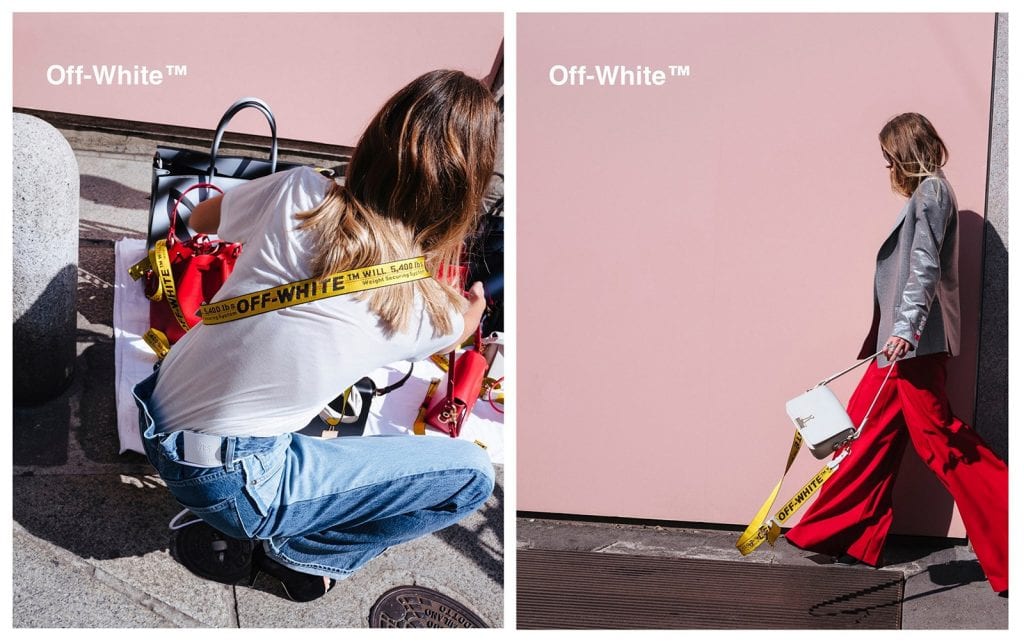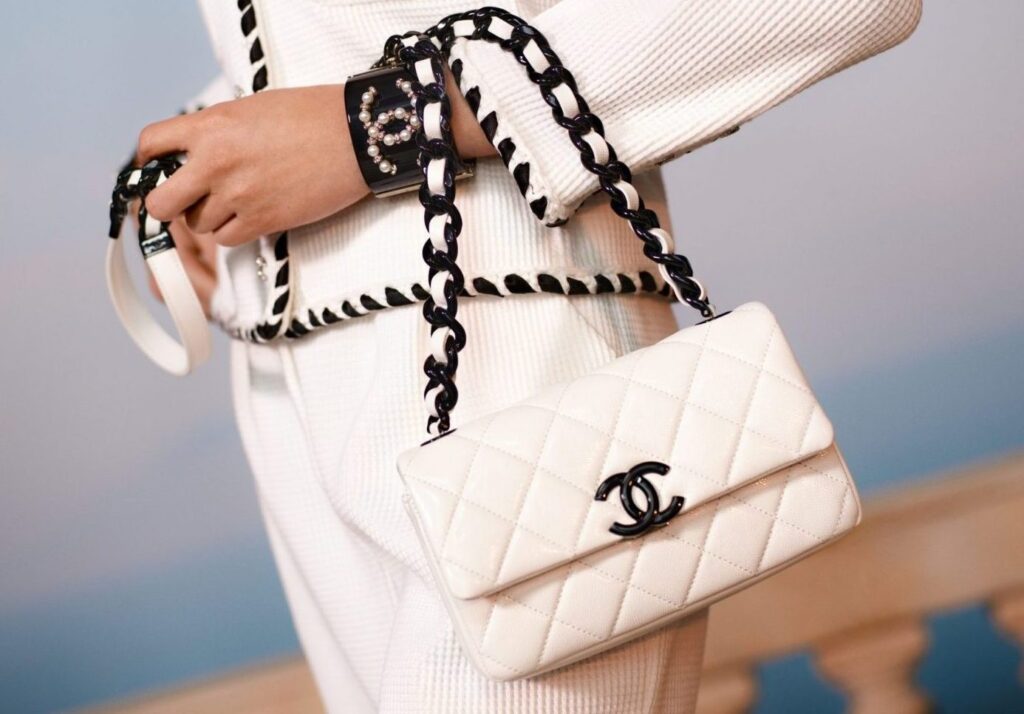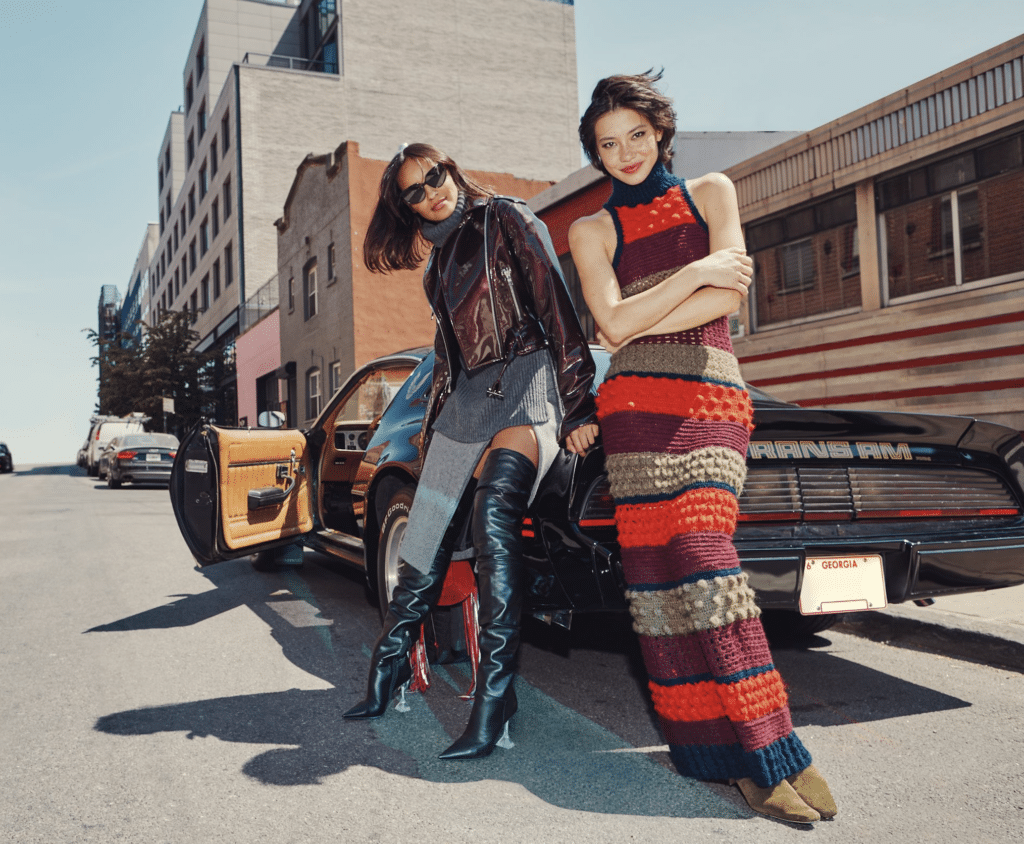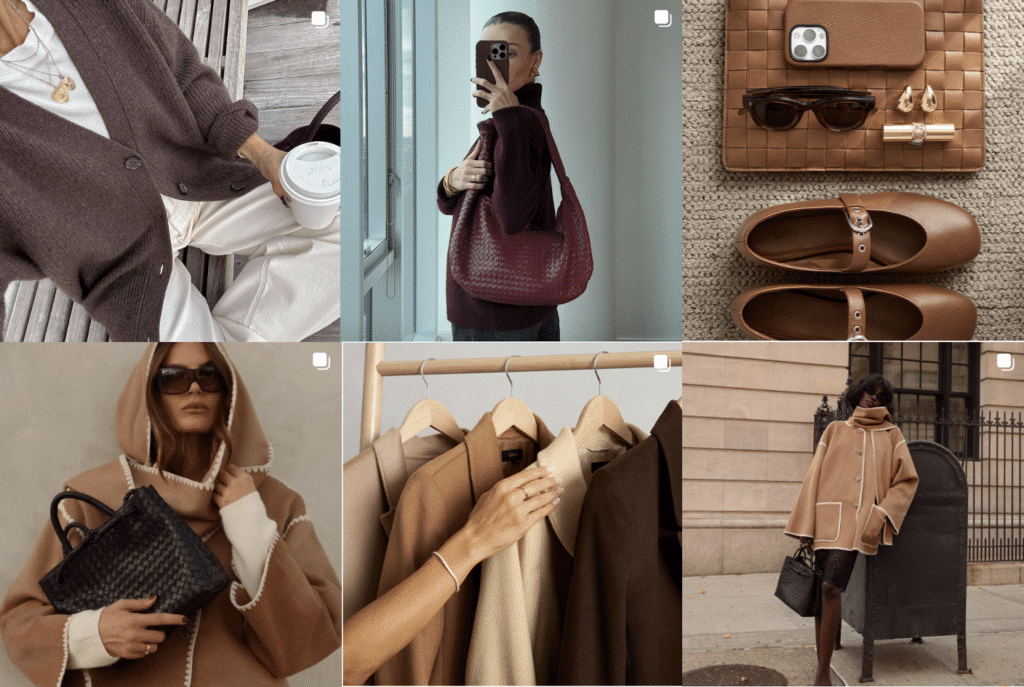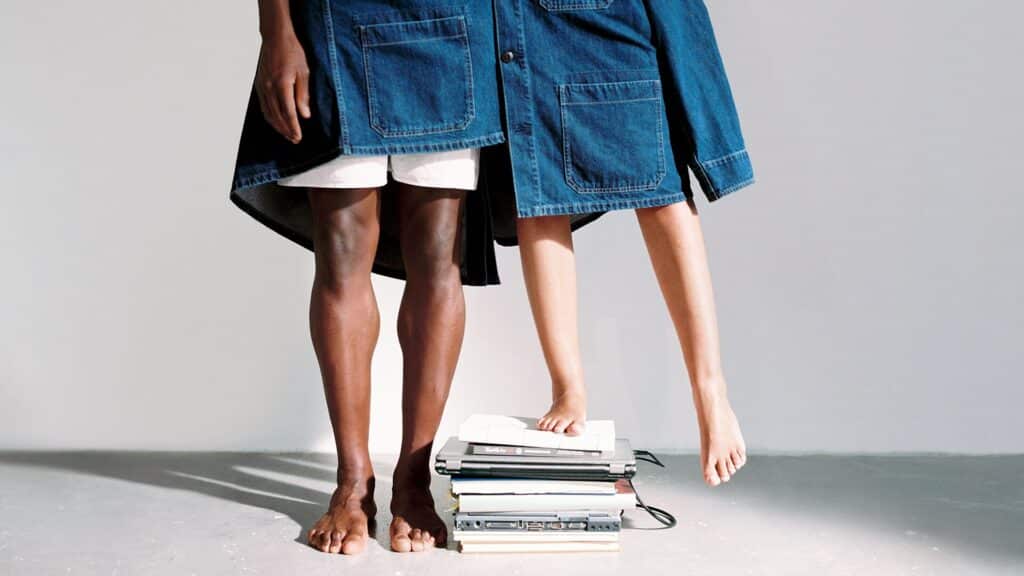On the corner of Broadway and Canal Street in New York City’s Chinatown, amidst the shops boasting fake Rolex watches and oddly-printed Louis Vuitton-esque bags, a vendor selling sweatshirts and t-shirts boldly emblazoned with the word “Deisel” popped up in early 2018. The just slightly off-kilter spelling of Italian brand Diesel’s trademark and the cost of the goods – hoodies for $60, jeans for $70, a notable step down from the brand’s traditional retail prices – situated the set up neatly in line with the ordinary operations of Canal Street, Manhattan’s notorious haven for fakes. The relatively-cheap, definitely-misspelled garments were counterfeits. Or were they?
As it turns out, those seemingly counterfeit goods were not fake. Far from it actually. They were limited edition, designer goods. Faced with the reality of an overly-crowded fashion month calendar and an influx of counterfeit goods, something that continues to plague brands (particularly in the digital age when largely China-based entities can easily set up huge networks of counterfeit sites in an almost completely risk-free manner due to their ability to hide behind layers of fictitious identities and contact information), Diesel ditched the catwalk for Fall/Winter 2018.
Rather than an over-the-top foray in Soho, complete with a star-studded opening party, Breganze, Italy-based Diesel decided to do things differently; it temporarily masqueraded as a counterfeit seller on Canal Street.
“We have so many counterfeit products all over the world I thought, ‘Why can’t we play with this problem that we have?'” Diesel founder Renzo Rosso told AFP, saying he believes that more than a million counterfeit Diesel goods are sold annually around the world. “So, we created a fake product, a fake name, and we came to the counterfeit district.”
The store opened quietly one day in February, prompting hundreds of customers to flock to it to browse and make purchases, with most of the initial buyers blissfully unaware of what was actually afoot. “People came and they thought it is a fake product. When they discover it’s not a fake product, they can sell it for three or four times the value,” Rosso, 62, said at the time.
Rosso and his brand are not the first to put their own spin on the problem of fakes in recent seasons. In February 2016, Gucci tapped Brooklyn-based artist GucciGhost to make his mark on its garments and accessories … literally. One of the bags from the Italian design house’s Fall/Winter 2016 bore a graffiti-tagged “REAL” situated just above a Gucci logo. On a jacket, the © symbol, which denotes a federal copyright registration. Another includes an ®, the equivalent trademark notation. (The Italian fashion giant would later trot bags and other wares emblazoned with the word “FAKE” down the runway for Fall/Winter 2020 in furtherance of “an ironic homage to the institutional code of the brand: the logo.” According to Gucci, “The narrative began with a print inspired by a retro appropriation of the Gucci logo featuring the bicolor stripe. Entering a new chapter, the green and red design mixes with ‘Fake/Not’—a playful commentary on the idea of imitation.”)
In the summer of 2017, Valentino released “Expect the Unexpected,” a video campaign in which London street-goers are duped into buying what they believe are fake Valentino bags and Rockstud sandals for some 200 pounds, only to learn that the goods are, in fact, real. Before that, the Spring/Summer 2017 shows saw Dolce & Gabbana bring legal commentary onto their runway. As the Wall Street Journal’s Christina Binkley noted in connection with the brand’s “Dolce & Gabbana,” “Docce & Gabbinetti” and other slightly askew offerings: “Dolce & Gabbana is having a laugh at knockoffs. The tees will be affordable to GenZs, I assume.”
Meanwhile, Virgil Abloh, the creative behind burgeoning streetwear behemoth Off-White, unveiled a makeshift Canal Street set up outside of his Spring/Summer 2017 show venue in Paris, offering fake fake (aka real) Off-White bags. The stunt fit neatly within the brand’s overarching message for that season, having just revealed, “Off-White™ first ever ‘if the cops come run’ handbag campaign,” a Canal Street-themed ad campaign. Abloh, it seems, was unable to resist commenting on the excessive amount of fake Off-White garments and bags – many bearing the brand’s striped logo and “White” trademark – that have consistently been offered on e-commerce marketplaces like Alibaba and eBay for years now.
Limited Runs, Better Quality Fakes
The rise in visibility of brands’ battles against fakes is especially interesting at the moment. While the luxury model has always depended on expensive price tags and story-telling-centric marketing aimed at maintaining the aura of luxury (even as many of these brands quietly boost the qualities they manufacture and lower the price points by way of increasingly accessible offerings), this has been put into overdrive in recent years. The result is overly eye-popping prices for products (i.e., $500 cotton Gucci t-shirts, $1,500 Vetements hoodies), and seemingly more limited edition products (maybe thanks to the widespread usage of bots to hoard products upon initial sale) than ever before.
This equation – paired with the hype of Instagram advertising by way of brand sand influencers, alike – is a perfect storm for fakes, and in many cases, is driving consumers to resort to counterfeits purely in order to be able to get in on the action. As I wrote for Dazed this week, “Louis Vuitton’s Supreme collaboration was limited in nature, expensive from the outset, and bore even more outlandish prices at resale.” In the same vein, “a quick search of Instagram for adidas’s various Yeezy sneakers, which are notoriously impossible to get when they hit the market due to their small-runs and often prohibitively expensive at resale – is a good example of how counterfeiters are thriving on consumers’ desire to get their hands on otherwise unavailable products.”
Pair this with the widespread availability of – and ease with which consumers can get their hands on – downright accurate counterfeits, and you have a thriving market for fakes.
This is something that was certainly on the Gucci team’s mind in connection with its collections, and at the front of the minds of Diesel’s creatives, as well. So, if fashion brands cannot beat counterfeiters’ efforts (and given the breadth of them, it is only fair to say that to a certain extent, they simple cannot), it seems the motto is, why not join them, at least for a good PR play.
*This article was updated to include a reference to Gucci’s F/W 2020 “Fake/No” capsule.







